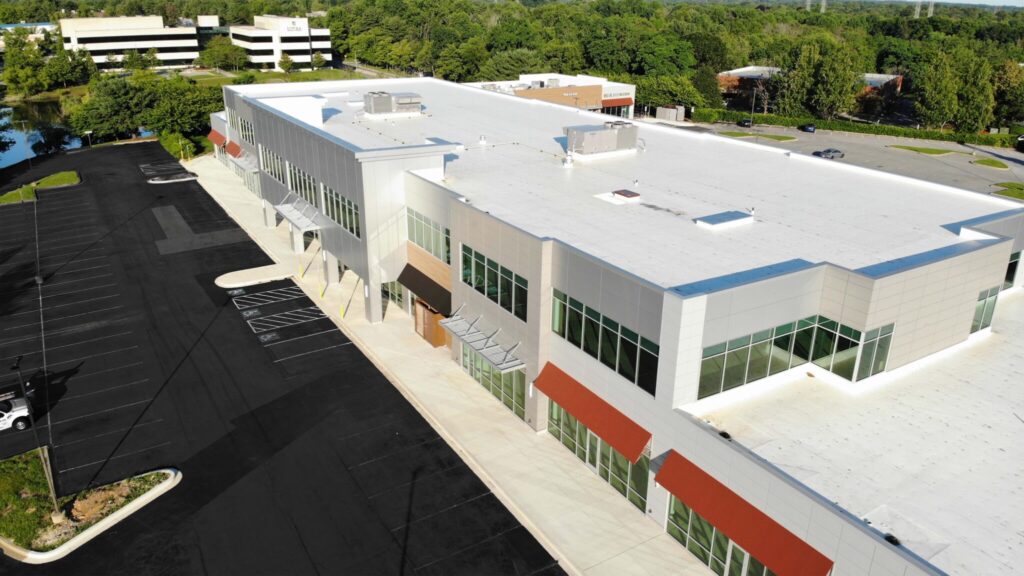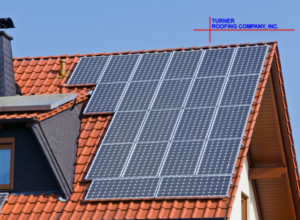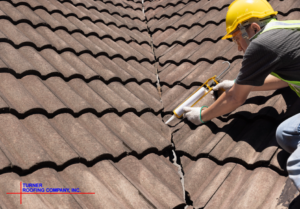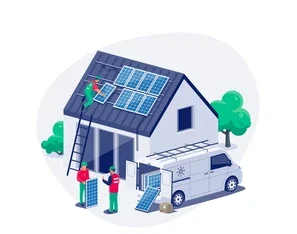CHOOSING THE RIGHT ROOF STYLE
Roof style is a big decision when building a home or retrofitting an existing roof. Here are some factors that can influence the choice of roof style for homeowners. Turner Roofing also can help you figure out the best options.
Climate
The home’s location and climate can influence the type of roof that best suits the house.
For example, the popular gable roof can be a good choice in areas that get a lot of rain or snow, since its triangular shape lets water run off easily. However, this style is more prone to collapse in areas with high winds if not properly supported.
Flat roofs are easier to install but tend to collect rain and debris. This makes them better choices for warmer, drier climates, as well as open areas without many trees.
Hip roofs slope down on all four sides, creating a ridge down the center. This leaves no flat areas for water to collect, and is also sturdier, making it suitable for wet, windy environments.
Roofing materials
Not all materials are appropriate for all roof styles. Generally, heavier materials like clay tile and asphalt should only be used on sloped roofs, which can handle the weight.
Gable roofs are some of the most versatile, able to accept asphalt shingles, cedar shakes, metal, and clay, terra cotta, or concrete tiles.
Curved roofs do best with metal, as this cuts down on maintenance. Likewise, flat roofs should be constructed with metal and other waterproof materials.
Cost
Budget-conscious homeowners should choose their roof style carefully, as some styles are more expensive to build than others.
Asymmetrical styles, such as saltbox roofs, are more complex to design and install, making them more expensive. Butterfly roofs, which slope down toward the middle, are also costly due to their complexity.
Gable and gambrel roofs are less expensive since they only have two symmetrical sides. However, elements that break up the roof’s appearance (think skylights, chimneys, and dormers) can make installation more complicated, and so raise the cost. Flat roofs are less costly to design and install but may require higher long-term maintenance costs.
Wondering which style is right for your home? Consult the experts at Turner Roofing today!






